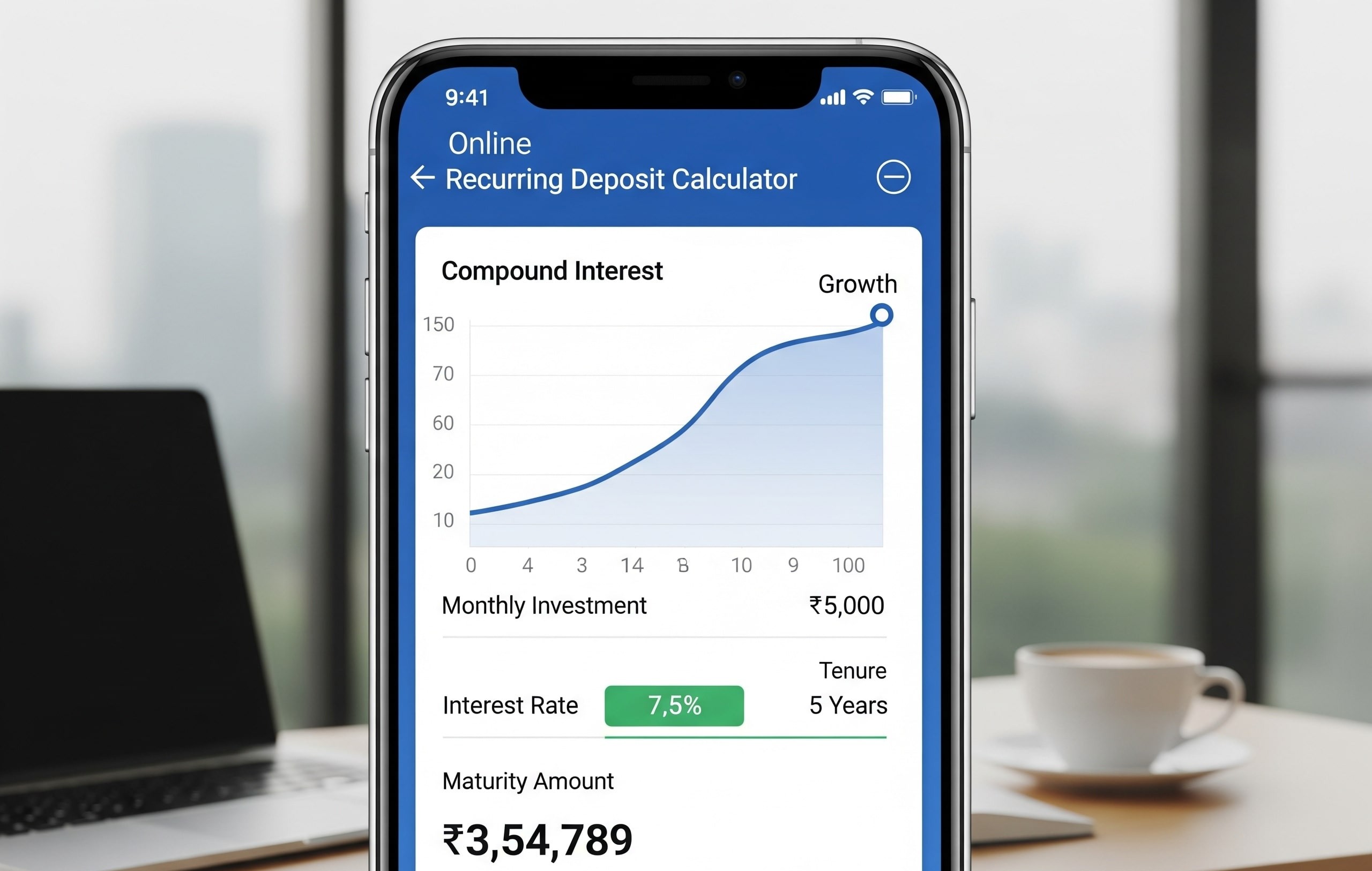
Are you making the most of your money or unknowingly losing a part of it? Many investors in India have withdrawn their investments without realizing they were paying extra charges. These hidden fees can reduce overall returns. One such charge is the exit load, which many investors aren’t aware of. If you are wondering what is exit load in mutual fund, keep reading to understand how it works and how it can impact your investments.
Understanding Exit Load in Mutual Fund
Exit load is a penalty charged to the investors by Asset Management Companies (AMCs) on withdrawing their mutual fund units before a fixed period of time. This redemption fee is designed to discourage early withdrawals and encourage long-term investing.
Not every mutual fund charges an exit load, so verify this before investing. Exit load in mutual fund or exit fee, is typically calculated as a percentage of Net Asset Value (NAV), the fund’s total assets minus liabilities. This is deducted from the NAV itself before the rest of the amount is credited to the investor’s account by AMCs.
Example of Exit Load in Mutual Funds
Suppose a mutual fund scheme has a redemption fee of 2% for withdrawals within one year. If an investor redeems their units in four months when the NAV is ₹40, the exit fee would be:
2% of ₹40 = ₹0.80
After deducting ₹0.80, the investor receives ₹39.20 per unit. However, if the investor waits until the specified period ends, no exit load applies.
Understanding exit load in mutual fund helps investors make informed decisions and avoid unexpected deductions from their returns.
Steps to Calculate Exit Load
- Check the exit value percentage specified by the mutual fund for your investment tenure.
- Find the redemption amount (units being redeemed × NAV at the time of redemption)
- Apply the formula to calculate the back-end load.
- The final payout would be the redemption amount minus the exit load.
Formula
Exit Load = Redemption Amount × (Exit Load Percentage/100)
Example Calculation
Here’s an example to show you how exit load is calculated
Scenario
The investor redeems ₹10,000 from a mutual fund, which has a holding period of 12 months and an redemption fee of 1%, after 6 months.
Also Read: Mutual Fund Calculator: Your Guide to Smarter Investment Planning | SIP vs Lump Sum: How Smart Investors Are Growing Wealth Faster!
Tabular Representation
| Details | Values |
| Redemption Amount | ₹10,000 |
| Exit Load Percentage | 1% (since redemption is before 12 months) |
| Exit Load Calculation | ₹10,000 × (1/100) = ₹100 |
| Net Redemption Amount | ₹10,000 – ₹100 = ₹9,900 |
So, the investor will get ₹9,900 after deducting the exit load of ₹100.
Types of Exit Loads in Mutual Funds
- Contingent Deferred Sales Charge (CDSC)
- This is commonly known as a back-end load, and it’s charged when you redeem your mutual fund units within a specific timeframe.
- The key feature of CDSC is that the redemption fee reduces over time, meaning the longer you hold the investment, the lower the charge.
Example
- If you redeem within 1 year, the redemption fee may be 3%.
- If you redeem after 2 years, it may drop to 2%.
- After 3 years, it may reduce to 1%, and so on.
- Contingent Deferred Sales Load (CDSL)
- Similar to CDSC, except that the exit load is calculated based on the initial investment, not the current value of the investment.
- It means even if your investment value grows over a few years, the redemption fee is imposed as per the original value you invested in and not the higher market value.
Example
If your initial investment was ₹50,000 and the value of the fund has grown to ₹60,000, withdrawing early, the exit charge will be applicable on ₹50,000 (initial investment) instead of ₹60,000.
How to Minimize Exit Load in Mutual Funds
Stay Informed
- Before investing, check the exit load in mutual fund structure.
- Understand the minimum holding period required to avoid charges.
- Holding your investment beyond the exit period eliminates or reduces the charges.
- If possible, plan to stay invested for the recommended duration.
Choose Funds with Low or No Exit Loads
- Some mutual funds have zero or minimal redemption fee, especially index funds or liquid funds.
- If you need liquidity, consider these options.
Plan Your Redemptions Wisely
- If you plan to withdraw, check if waiting a little longer can reduce or remove the redemption cost.
- Redeeming in installments rather than a lump sum may also help in some cases.
By making strategic investment decisions, you can reduce or even avoid exit load in mutual fund charges while maximizing your returns.
Summing Up
As a mutual fund investor, it is important to understand what is exit load in mutual fund to make smart financial choices. It acts as a safeguard, ensuring the fund remains stable, protecting long-term investors, and discouraging short-term withdrawals that could harm overall returns. Knowing the facts will help you select funds tailored to your financial aspirations. Each decision is important, and with a thoughtful approach, you can construct a more solid portfolio and meet your investment goals confidently.
Also Read: Mutual Funds vs Fixed Deposits: Which is Better?
FAQs
1. Do I need to pay an exit load if I choose the SWP option?
If you redeem your investment before the period ends, an exit load will be applied.
2. If I move from one mutual fund scheme to another scheme of the Asset Management Company, what is the exit load?
The exit load could be the same or different, depending on the scheme you are switching from and the one you are switching to within the same AMC.
3. Will I incur an exit load if I sell at a loss?
Yes, an exit cost applies to the redemption amount, regardless of a loss, if redeemed within the mentioned period.
4. Is the exit load deducted from capital gains for tax purposes?
Yes, the exit cost is deducted from capital gains, reducing the taxable amount. So, no short-term capital gains tax is applied to the exit load.
5. Does the exit load apply to all mutual fund types?
Exit loads generally apply to most equity and hybrid funds but may not be applicable to debt or liquid funds. Always check specific fund policies.
Hello there, my name is Phulutu, and I am the Head Content Developer at Nivesh Karlo. I have 13 years of experience working in fintech companies. I have worked as a freelance writer. I love writing about personal finance, investments, mutual funds, and stocks. All the articles I write are based on thorough research and analysis. However, it is highly recommended to note that neither Nivesh Karlo nor I recommend any investment without proper research, and to read all the documents carefully.






Leave a Reply